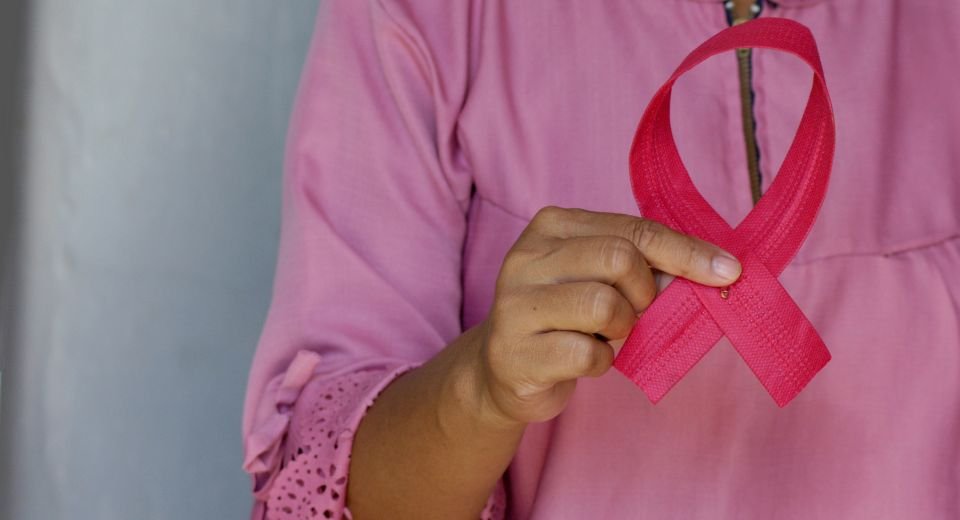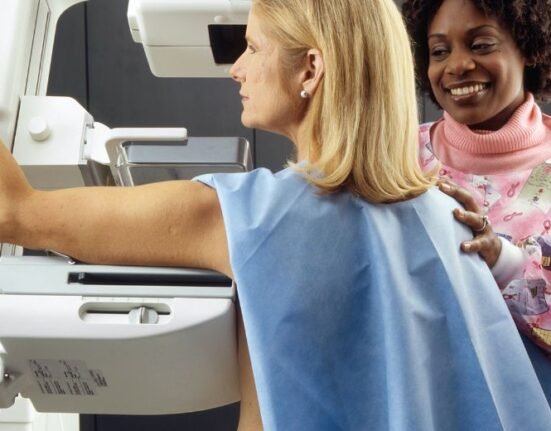HQ Team
August 18, 2025: Research finds that women who have their first child after age 30 face a 40% to 45% higher risk of breast cancer. This form of cancer, known as postpartum breast cancer, occurs in women under 45 within a few years of childbirth and tends to be more aggressive than other types of breast cancer.
Considering the quick progress, early detection and specialized treatment are critical for this cancer.
Breast cancer affects approximately one in 11 women in the European Union and one in seven women in the UK. In 2022, 2.3 million women worldwide were diagnosed with breast cancer, with 670,000 fatalities, and these figures are expected to rise in the coming decades, according to the World Health Organization’s cancer research agency. While women over 45 account for the majority of cases and deaths, about 3.9% of all breast cancer deaths in the EU occur in women under 45.
Age at first pregnancy and cancer
According to Weston Porter, a professor of comparative oncology at Texas A&M University in the United States, and his team, age at first pregnancy significantly impacts breast cancer risk among new mothers. His team found that when women have their first pregnancy in their 30s, there is a change in immune infiltration or inflammation in the breast. Specifically, during lactation and involution (when breastfeeding ends), there is an influx of inflammatory cells. The increase in inflammatory cells raises the risk of breast cancer. By studying these changes, researchers hope to identify cancer markers or signs that could improve treatment targeting.
Notably, other studies have shown that pregnancy and childbirth can reduce the long-term risk of breast cancer in older women. The new research suggests that for first-time mothers in their 30s, the risk increases in the years immediately following pregnancy but declines over the long term. Factors such as the number of children a woman has and whether she breastfeeds can also influence her cancer risk. For instance, a 2020 meta-analysis of over 50,000 women across 47 studies found that each additional year of breastfeeding per child could reduce breast cancer risk by over 50%, from 6.3 to 2.7 cases per 100 women. Porter advises women who have a pregnancy in their 30s to be more vigilant, recommending regular mammograms and self-examinations to detect lumps or abnormalities.
Since the 1980s, it has been recognized that pregnancy can both inhibit and promote breast cancer. Before age 40, women who have given birth experience a temporary increase in breast cancer risk, while after age 40, nulliparous women face a higher risk. The duration of increased breast cancer risk in parous women lengthens with advancing age at first pregnancy. When the first pregnancy occurs after age 30, the increased risk of breast cancer can persist for over 20 years. This heightened risk is supported by biological mechanisms related to mammary gland remodeling and atrophy.
Mammary tissue changes and cancer risk
During pregnancy, mammary tissue expands approximately tenfold to prepare for lactation. Mammary gland involution occurs when milk production ceases, either after delivery without breastfeeding or after weaning. Several mechanisms observed in the involuting gland may contribute to metastasis. These include inflammation, lymphangiogenesis, fibroblast activation, and deposition of collagen 1, fibronectin, and tenascin C-rich matrix, all of which are coordinated with the programmed death of mammary epithelial cells. These stromal characteristics resemble wound healing and may promote cancer development. The presence of a pro-tumor breast involution program in the breast tissue of young, recently pregnant women provides a plausible link between breast involution and breast cancer outcomes.
Additionally, postpartum breast cancer patients experience a threefold increase in liver metastasis. This may be due to a functional link between the mammary gland and liver established to sustain lactation. During lactation, the liver doubles in size and its anabolic metabolism increases. After lactation, the liver undergoes involution similar to the mammary gland, which may promote metastasis. The increased prevalence of liver metastasis can partially explain the higher mortality in this group of women, as liver metastases are among the most fatal.
The relationship between neonatal and maternal morbidity and mortality and maternal age is represented by a U- or J-shaped curve, indicating that both very young and older maternal ages are associated with higher risks of adverse pregnancy outcomes.
A woman’s age is one of the most influential risk factors for breast cancer development. At age 35, the risk of developing breast cancer in the next five years is 1:333; at age 40, it is 1:167; at age 45, it is 1:100; and at age 50, it is 1:77. As age increases, the hypothetical risk of being diagnosed with breast cancer during pregnancy or in the subsequent period also rises.






